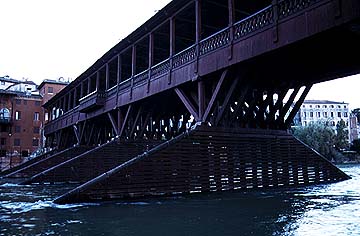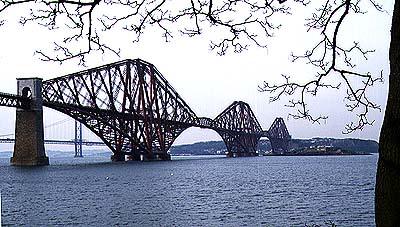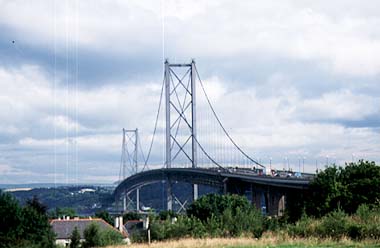bridging point of a river
This is the name given to a place where a bridge is built across a river or estuary. It is a place where land routes come together to cross the water obstacle. Notice that bridges have often replaced ferries and fords.

Example of bridges over bridging points:

The oldest bridge in Bath, England, over the River Avon. This bridge was designed to have shops on and some still remain. This shows the importance of bridges as a way of bringing people together. When this happens there is an opportunity for trade and this is why the shops were built.

This is a typical old stone bridge in Europe. It is at Bradford on Avon in England. Notice that stone bridges are heavy and need many supporting pillars even though the river is not very wide.

This is a wooden covered bridge designed to cross a river that becomes a raging torrent when the mountain snows melt. The cover is to protect the bridge from a build up of winter snow. Grappa, Italy.
Modern bridges
Not all bridges are bridging points, in the sense that they did not result in the growth of a town. One example is the crossing of the Forth estuary, Scotland. There was a ferry at this point (hence the town of Queensferry), but the bridges in this case benefited the nearby cities like Edinburgh rather than the riverside town. So the rule tends to be: if the bridge is early it probably helped bring trade to a town. If the bridge is modern it probably has little effect on the town.

This is the Forth rail bridge, Scotland. It is typical of 19th century bridges that used iron and steel to make the bridges lighter and span greater distances.

This is the Forth road bridge, Scotland. It is a suspension bridge typical of the more modern forms of bridge. No supports are needed between the main towers.


|